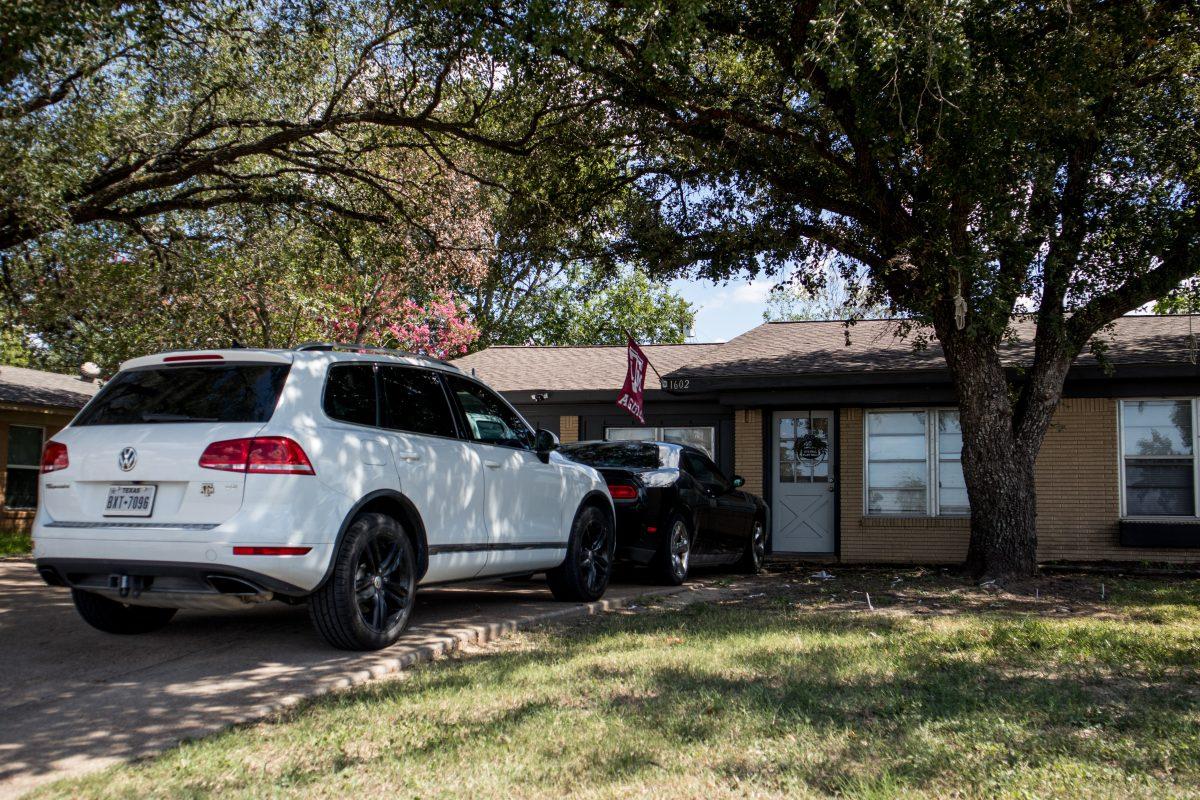Which of the following sounds like the perfect home for your college experience: an apartment with paper-thin walls inhabited by five other roommates, or a house far from campus that shares a fence with a four-person family?
Enticing options, I know.
Unfortunately, the quest for convenient, affordable and safe housing can be fruitless for students searching for off-campus options. From exorbitant prices to questionable living conditions, the catalog of desirable choices often falls short in the Bryan-College Station area.
Thankfully, our local representatives have taken notice.
In recent months, the city of College Station has been devising a zoning proposal that will transform the housing market in neighborhoods surrounding Texas A&M. The proposal aims to create a new zoning district, called the “middle housing zoning district,” that will allow developers to build a diverse variety of housing options to meet the preferences of citizens across various demographics.
Currently, College Station zoning districts do not permit much variety besides high-density and low-density housing. Populous residences such as the apartment complexes and mid-rises surrounding Northgate are classified as high density, while spacious residences like detached, suburban family homes are considered low density.
As inferred by the name, middle housing is meant to bridge the gap between these two ends of the spectrum. What does this look like, exactly?
Instead of solely focusing on single houses and dense apartments, the city will invest in the development of medium-sized housing, such as duplexes, townhouses and live-work units. These options pose various benefits, such as easier upkeep, and add more choice to the housing market.
As a student, I’m supportive of this proposal. I live in a multiplex apartment, and it’s been a great experience so far. These locations, such as Aggie Station and U-Center, offer great advantages such as a walkable distance to campus, uncrowded space and no overburdening house-related responsibilities.
What do I mean by house-related responsibilities? Well, for one, a backyard. People my age barely know how to take care of themselves, let alone an entire lot of land. This has become very clear in my walks to campus every morning, during which I pass many houses that look straight out of those dystopian “what if all humans were wiped off the face of the Earth and nature took over” landscapes. Interesting to look at, but lacks a bit of curbside appeal.
However, this is understandable — being a student is equivalent to having a full-time job, and landscaping isn’t exactly at the top of everyone’s priority list.
College Station Councilwoman Elizabeth Cunha shared input on the matter.
“We get a lot of students and young professionals saying, ‘Hey, we’re not necessarily wanting a big house with a big backyard,’” Cunha said. “They would like the autonomy of a townhome without the responsibility of having to mow and weed every week with professors and research breathing down their necks.”
In response, Cunha said the city council will invest in the development of yard-less residences within the middle housing district, an effort to add variety to the housing market and meet constituency requests.
I will say, I might actually miss the untamed-wilderness feel the overgrown lawns add to an otherwise bland suburbia. Something I certainly will not miss, however, is traffic.
“We’re really hoping that parts of middle housing will increase walkability in our neighborhoods,” Cunha said.
This is music to my ears, and I’m sure any student who may be reading this.
Anywhere within a couple-mile radius of A&M’s campus is subject to traffic rivaling any large, populated city in the U.S. New York City traffic? Probably not as bad as College Station. From street-long car pileups at stop lights to jam-packed parking spaces, it’s basically impossible to get anywhere in a timely manner. This once rural, country town simply isn’t equipped to handle over 70,000 students driving to and from classes, the grocery store and back home.
However, members of the local community such as Cunha hope the middle housing district will decrease the need for automobile transit and encourage people to get places by foot. This would make roads less crowded, allowing for a better flow of traffic throughout the city.
“Allowing people to walk from one place to another is how we’re going to get better traffic patterns in our community,” Cunha said. “We can’t just build more roads.”
These are just a few benefits of the proposal which, from a student’s perspective, will bring about welcome change in College Station. Housing options that actually fit the needs of Aggies will become more available, making the area a more student-friendly environment.
With that being said, one major aspect of housing in College Station is expected to remain essentially unaltered: affordability.
To say that being a college student is expensive is an understatement. Tuition, food, textbooks, fees and other costs amount to thousands upon thousands of dollars every semester. Off-campus housing? Don’t even get me started.
Apartments, houses and other options in the city of College Station can be unreasonably expensive. It took days of searching to finally find a location that fit my family’s price budget, and I’m somebody who’s blessed enough to have parents who can pay my rent for me.
But what about students who aren’t in the same position? Those who have to get a job and borrow loans all while juggling academics just to be able to find somewhere to live?
For some perspective, the average rent for a one-bedroom apartment in Anaheim, Calif., a city just outside Los Angeles with nearly three times the population of College Station, is $1,950. A one-bedroom apartment at Aspire College Station starts at $1,919.
I think the numbers speak for themselves.
While there are more affordable options in the area, they can be unsafe and poorly maintained. It would be a relief if the middle housing proposal could help solve this issue, but Cunha doesn’t seem optimistic.
“If you take 80% of the average median income for a family of four in our area and you multiply that out to figure out what a house payment would be, it doesn’t reach the price level of the homes that are being built to fit in the middle housing model,” Cunha said. “While I do think middle housing does a lot of things for our community, I don’t think the price point is low enough to match an affordable housing budget.”
This is a bit of a letdown. Not only is affordable housing important for students, but it also impacts other demographics like families and lower-income individuals.
With that being said, if us constituents want change to happen, we need to put in the effort to make our voices heard. So what will be next on the agenda?
The middle housing proposal, though not likely to help affordability, will hopefully improve various aspects of the College Station community — from busy streets to backyards.
While this is a step in the right direction, I personally would also like to see the city council take additional action to reform housing prices — legislation that would be sure to benefit countless Aggies, families and anyone else looking to find a home in this special town of ours.
Also while we’re at it, how about building an IKEA nearby?
Ana Sofia Sloane is a political science sophomore and opinion writer for The Battalion.
















